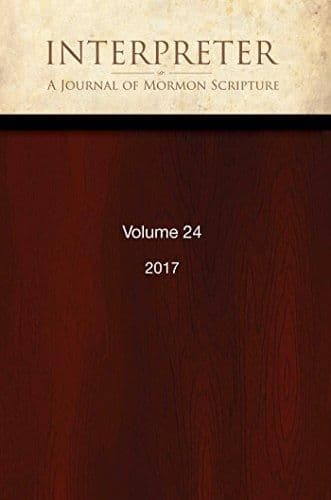Journal
The Brass Plates: Can Modern Scholarship Help Identify Their Contents?

Title
The Brass Plates: Can Modern Scholarship Help Identify Their Contents?
Publication Type
Journal Article
Year of Publication
2021
Authors
Thompson, A. Keith (Primary)
Journal
Interpreter: A Journal of Latter-day Saint Faith and Scholarship
Pagination
81-114
Volume
45
Abstract
The Book of Mormon contains little information about what the Brass Plates contain. Nephi said it was a larger record than the Hebrew Bible brought to America by the Gentiles. But it could not have contained the records of Old Testament prophets who wrote after Lehi’s party left Jerusalem or the New Testament. We know it contained some writings from Zenos, Zenock, Neum, and Ezias, but what else could it have contained? Though the proposal from modern biblical source criticism that the Christian Bible is the product of redactors sometimes working with multiple sources is distasteful to many Christians, this article suggests this scholarship should not trouble Latter-day Saints, who celebrate Mormon’s scriptural abridgement of ancient American scripture. This article also revisits the insights of some Latter-day Saint scholars who have suggested the Brass Plates are a record of the tribe of Joseph, and this may explain its scriptural content. The eight verses from Micah 5, which Christ quoted three times during His visit to the Nephites and which did not previously appear in Mormon’s abridgment, receive close analysis.
Subject Keywords
Bibliographic Citation
Terms of use
Items in the BMC Archive are made publicly available for non-commercial, private use. Inclusion within the BMC Archive does not imply endorsement. Items do not represent the official views of The Church of Jesus Christ of Latter-day Saints or of Book of Mormon Central.